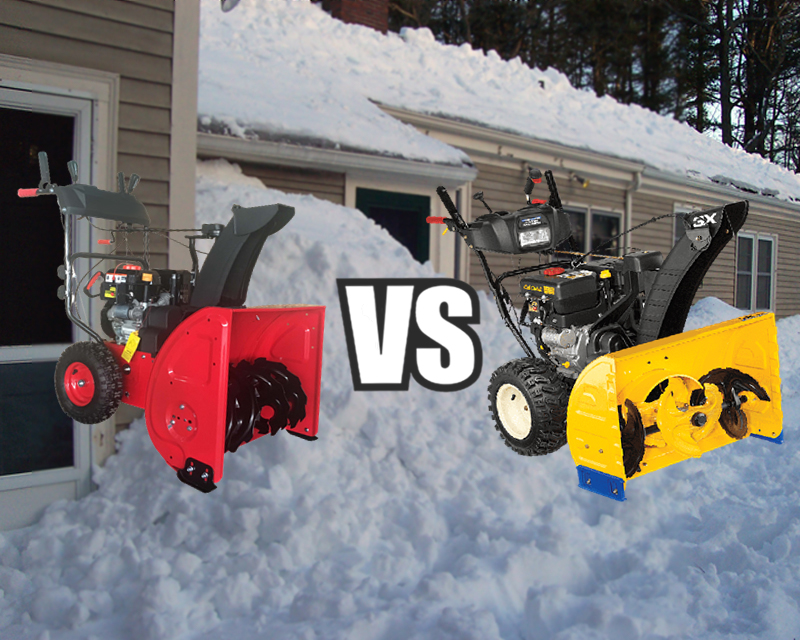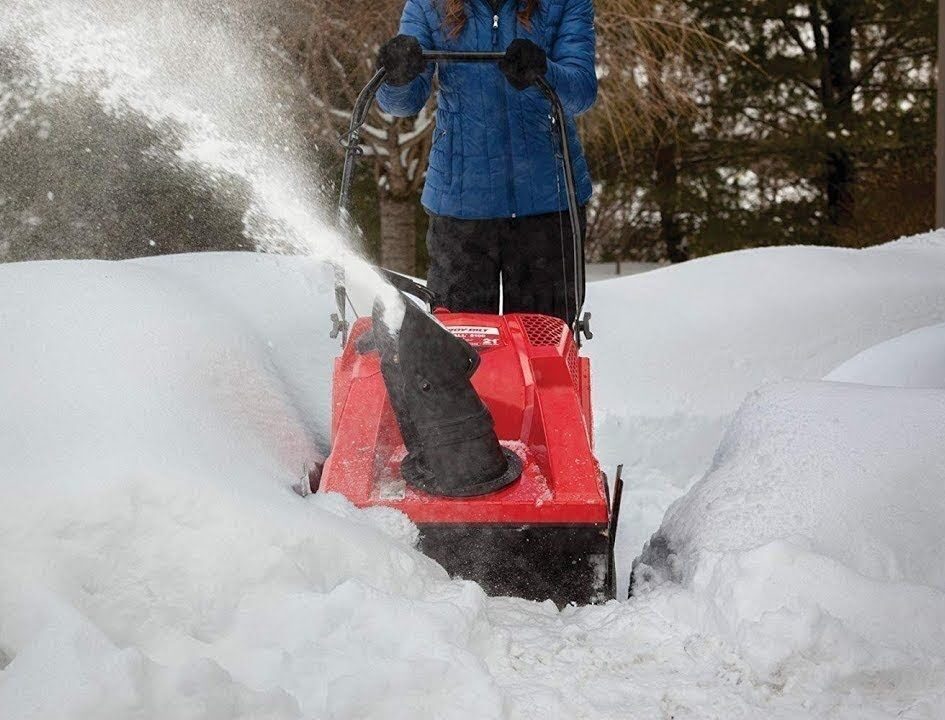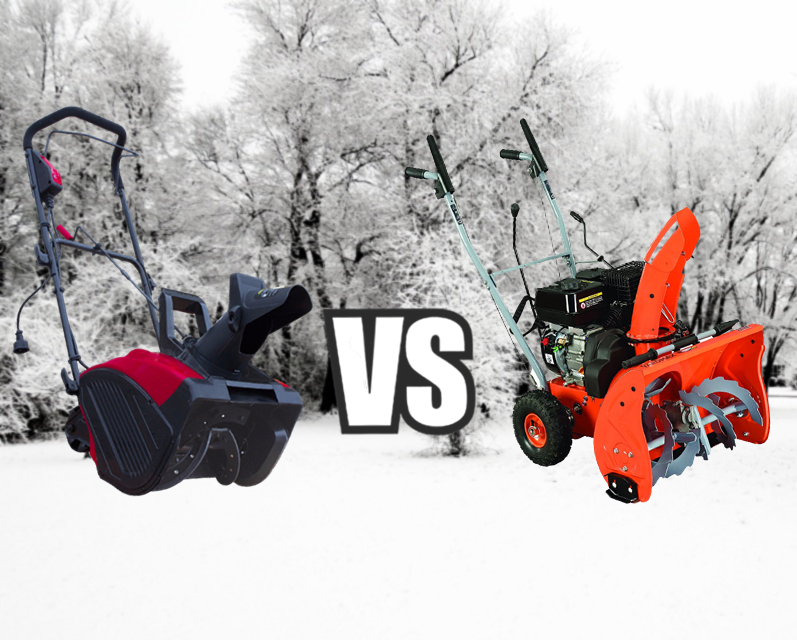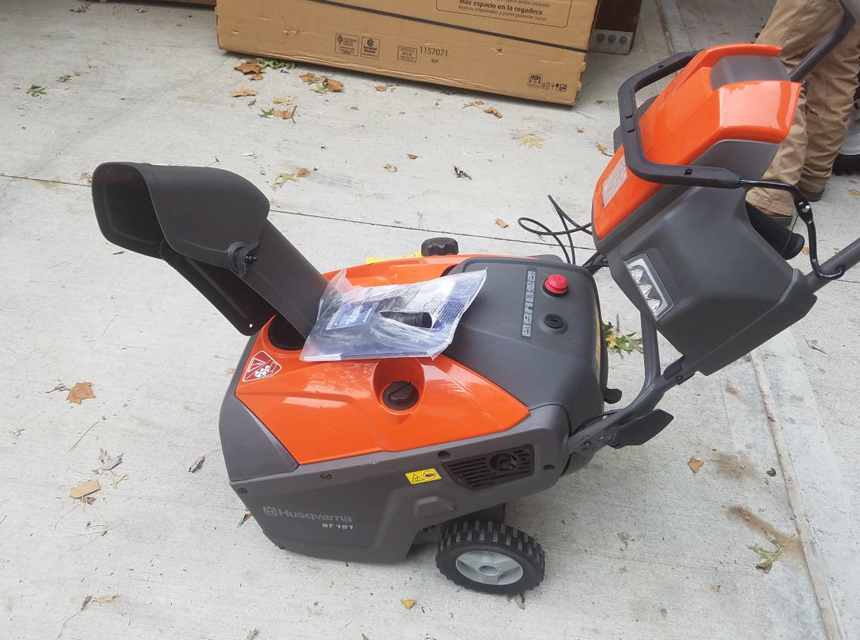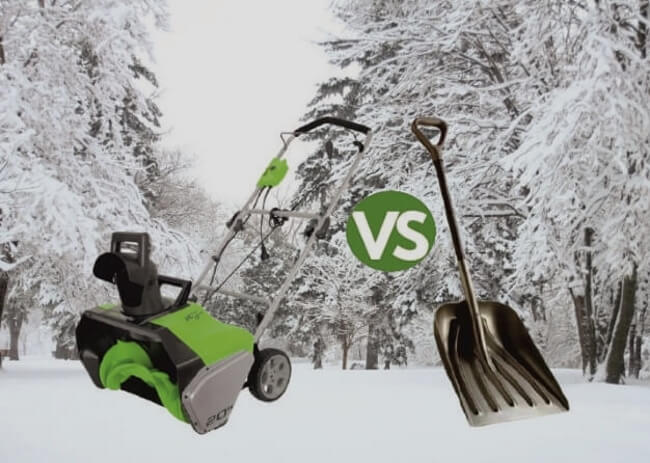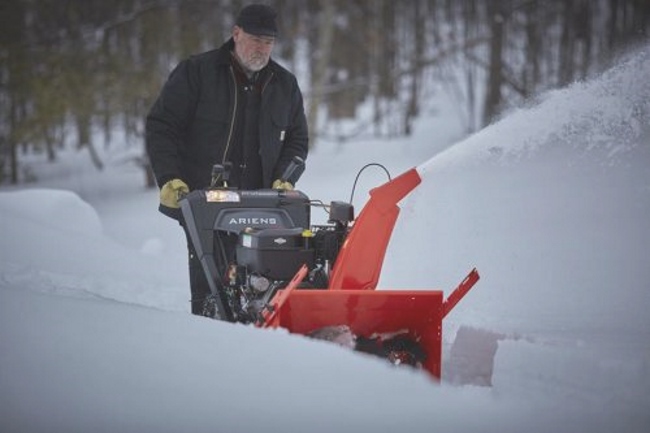
The snowblower Trusted Source Snow blower - Wikipedia A snow blower or snow thrower is a machine for removing snow from an area where it is problematic, such as a driveway, sidewalk, roadway, railroad track, ice rink, or runway. en.wikipedia.org is no doubt the best tool for removing snow from the driveway, roadway, sidewalk, railroad track, runway, or ice rink. Whether you have a two-stage snowblower or a three-stage model, the typical snowblower uses two separate belts during operation. One belt drives the snowblower wheels, while the second belt operates the auger.
The snow throwers’ track drive belt and auger belt can eventually wear out and break. You can adjust both the wear and stretch belts, but sometimes you will need to replace them.
If the snow thrower will not move forward, the belt needs the track for adjustment or replacement. So, you will need to know how to change a snowblower belt.
When changing belts on a snowblower, it is a good idea to replace both at the same time. The belts remove in the same way and involve removing the snowblower covers. Although the different manufacturers have small differences, the change of the belts is similar between all the models. Replacement straps are available at home improvement stores, online stores, or from your manufacturer.
The auger belt is the most important belt on the snowblower. This controls the amount of electricity that comes through the fan hoses.
The snow thrower uses two separate belts during operation. Every fifth belt drives the snow thrower wheels, while the second belt operates the auger.
Over time, your drive belt can become brittle and snap into place. When this happens, the snow thrower will stop firing the snow from the falling fan. A snowblower belt will wear out after five to seven years and will need replacement.
You can tell the auger belt needs adjustment or replacement when the control cable is properly adjusted, but the snow does not trigger. You have to replace the belts instead of adjusting them when there is visible damage.
The time to know you need to replace a belt on your snow thrower is not in the middle of winter during a snowstorm.
Fortunately, if you have a spare belt handy, changing the belt doesn’t take more than 10 minutes. If you have a replacement socket wrench and a couple of belts, you are more than ready to change your snowblower belt.
Below are things you will need while changing or adjusting your snowblower drive belt:
Here’s a quick video showing how to replace a snowblower augere belt.
Snowblower drive belts are designed to transmit rotational motion from the driveshaft to the drive. In snowblowers, there are 2 types of belts. The first belt connects the auger shaft to the drive shaft and the second transmits rotational motion to the wheels. In cases where the unit refuses to drive, there can be 2 reasons: wear of the friction ring and breakage of the drive belt. If the friction is correct, then repairing the fault means changing the transmission belt. The drive belt is replaced in the same way as the auger belt. Once the worm gear mechanism has been disconnected, it is necessary to remove the cover that hides the drive pulley (indicated by an arrow). In this section, we’ll see tips on how to maintain the snowblower belt and also the snowblower in general.
To extend the service life of the snowblower and reduce the risk of various malfunctions, you need to follow certain rules to maintain this type of equipment.
When the cold comes and snow falls, it helps to have a snowblower to clear roads, parking lots, and sidewalks. Like any mechanical device, snow blowers must be maintained adequately and the worn-out parts replaced. Drive belts are an essential part of snow blowers that transfer power from the engine to the flywheel. Taking note of our tutorial on how to change a snowblower belt, it should be replaced when they wear out or break. Replacing the belt yourself can be done relatively easily and cheaper by yourself. This saves you the cost of taking the snow blower to a mechanic.
